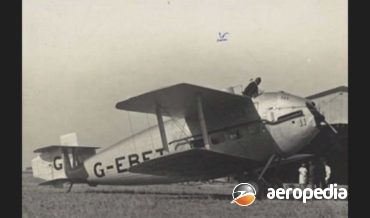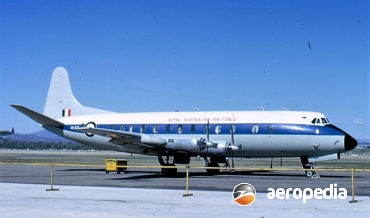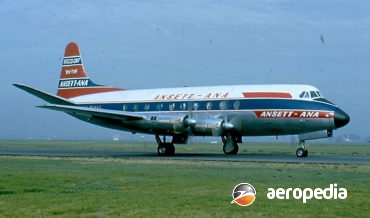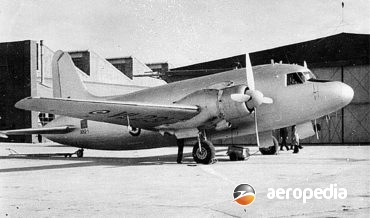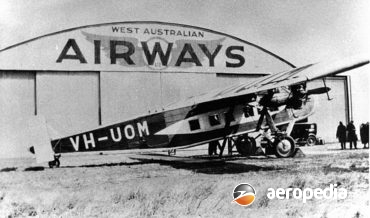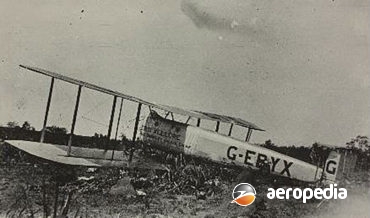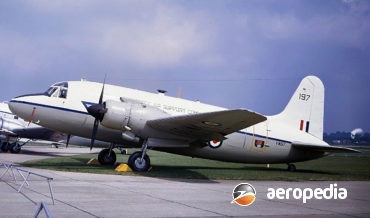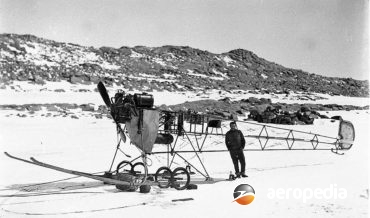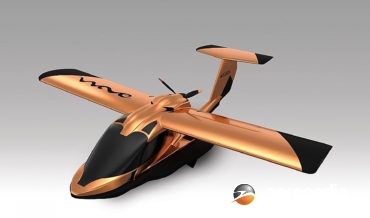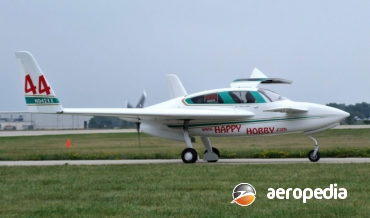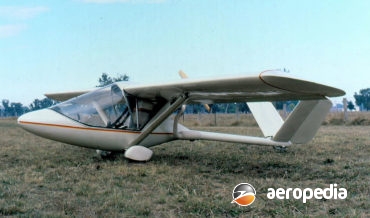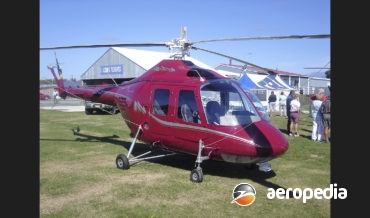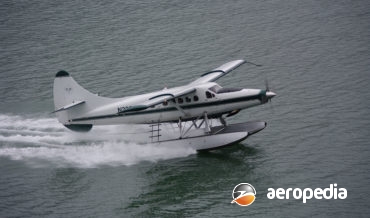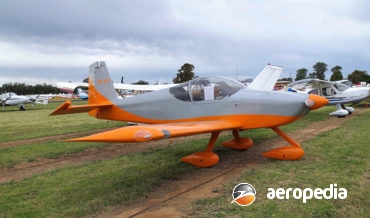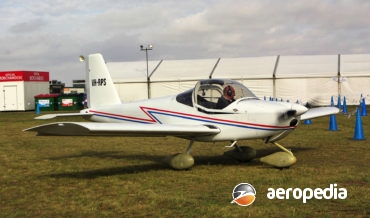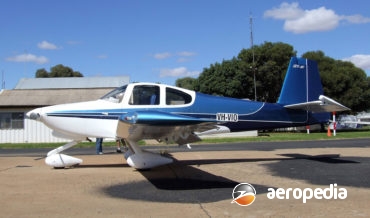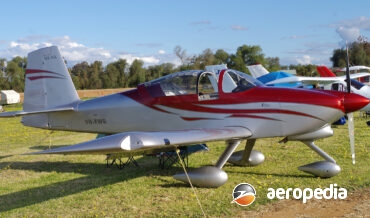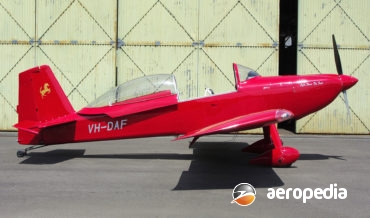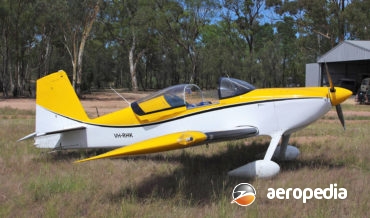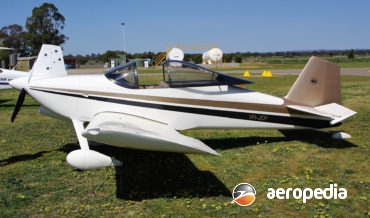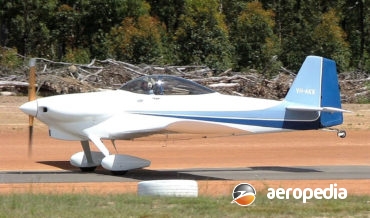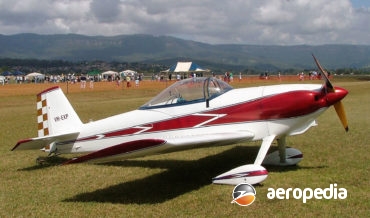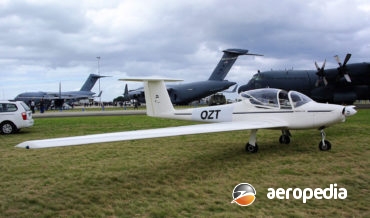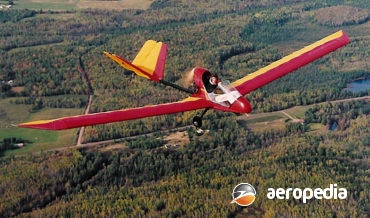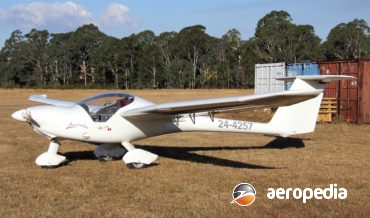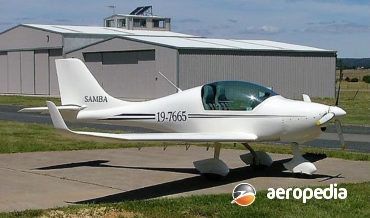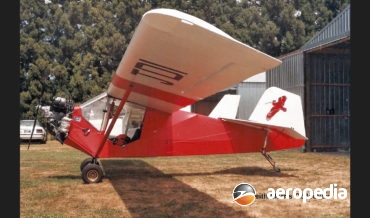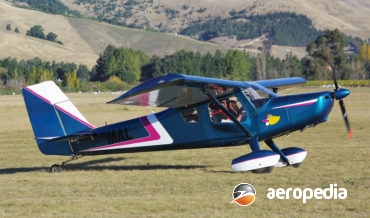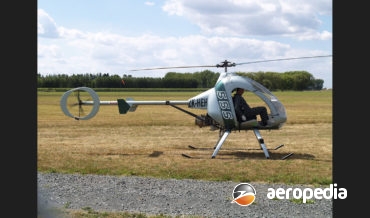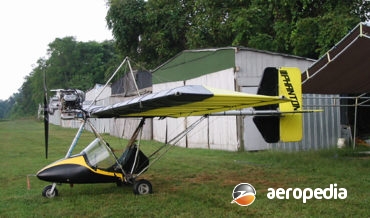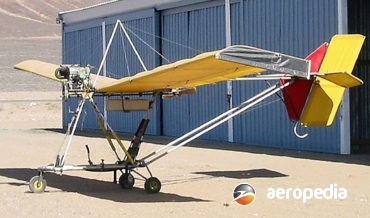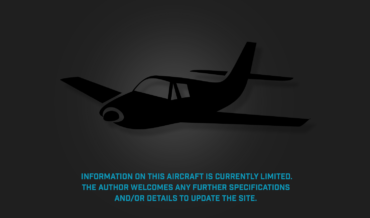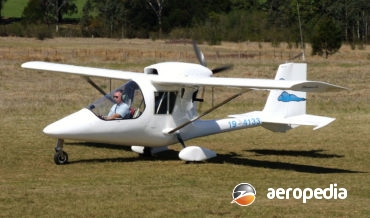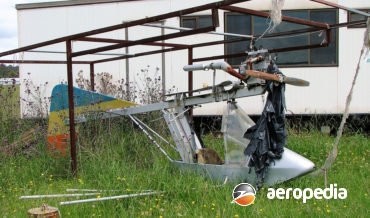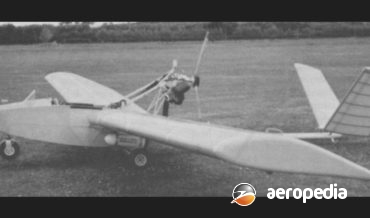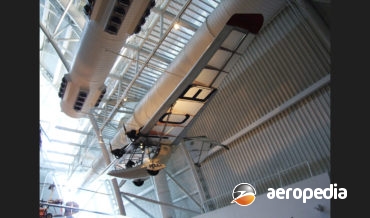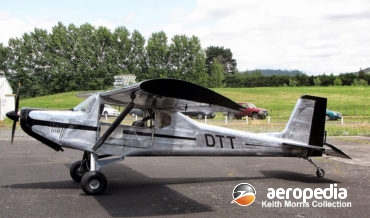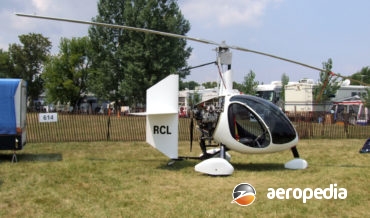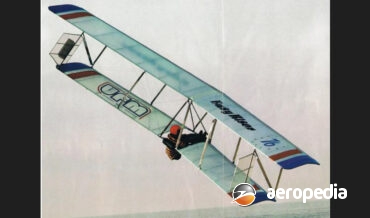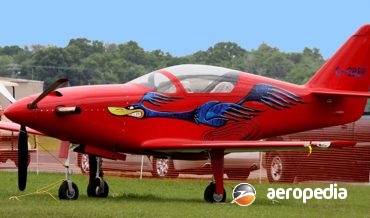All Contents
Contents
The VICkers Vulcan (known as the Flying Pig) was designed for VICkers by Rex Pierson following the success of the VICkers Vimy commercial, work beginning on the new transport in February 1921, and the prototype (G-EBBL - c/n 1 -City of Antwerp) was flown for the first time at Brooklands
David C. Eyre
- May 8, 2019
To meet further customer demand, and to improve the overall performance of the Viscount, the 800 series, fitted with Dart R Da 6 engines, was introduced with its fuselage lengthened by 1.17 m (3 ft 10 in), so the effective extra cabin length was 2.82 m (9 ft 3 in),
David C. Eyre
- May 8, 2019
In March 1945 VICkers-Armstrongs (Aircraft) Ltd projected a pressurised transport to seat up to 27 passengers under the designation VC-2, and development of this design led to the Type IIB fitted with Rolls Royce Dart turboprops.
David C. Eyre
- May 8, 2019
In October 1944 the British Ministry of Aircraft Production issued a specification for a short/medium haul airliner and VICkers produced the Viking, the first of three prototypes (G-AGOK) designated Type 491 being flown on 22 June 1945 at Wisley.
David C. Eyre
- May 8, 2019
The Viastra was designed by VICkers (Aviation) Ltd at Brooklands Aerodrome, Weybridge, Surrey, and was manufactured by the Supermarine Aviation Works at Woolston, Southampton.
David C. Eyre
- May 8, 2019
The Type 134 Vellore I was designed by Rex Pierson, Chief Designer of VICkers Aviation at Weybridge in Surry to meet an Air Ministry Specification (34/24).
David C. Eyre
- May 8, 2019
Following the success of the Viking, RAF Transport Command ordered a new variant suitable for the role of military ambulance, freighter, glider-tug, troop carrier, and dropping supplies.
David C. Eyre
- May 8, 2019
Vickers Ltd of Westminster was founded in 1911 under the control of Major H F Wood, the firms Commercial Aviation Department being placed under the control of Brigadier General Caddell.
David C. Eyre
- May 8, 2019
The Wave amphibious light two-seat monoplane was introduced to the light aircraft market in June 2014 when the manufacturer, VICkers Aircraft Ltd of Te Rapa, near Hamilton, when the company announced the prototype of its aircraft was nearing completion and testing from an airfield near Hamilton.
David C. Eyre
- May 8, 2019
The Velocity is marketed in kit form by Velocity Aircraft of Sebastian, Florida, as a high-performance touring aircraft seating four.
David C. Eyre
- May 8, 2019
Mr VEEnstra was born in Dieman in the Netherlands on 16 January 1943 and emigrated to Australia in about 1954.
David C. Eyre
- May 8, 2019
The Hummingbird is a kit-built helicopter produced by Vertical Aviation Technologies of Sanford, Florida.
David C. Eyre
- May 8, 2019
The Vazar Dash 3 is a conversion by the Vardax Corporation of Bellingham, Washington, of the de Havilland DHC-3 Otter to take a turboprop powerplant, the company in recent years being known as Vazar Aerospace.
David C. Eyre
- May 8, 2019
The Vans RV-14 and RV-14A series was introduced to the sporting aviation market in 2012 and although similar in appearance to other aircraft in the series, is better described as a two-seat variant of the RV-10 series and is capable of some aerobatics.
David C. Eyre
- May 8, 2019
The Vans series of light aircraft kit planes has been the most popular for homebuilders for some years and a variety of models is available.
David C. Eyre
- May 8, 2019
The RV-10 series was the first foray by Richard Vans Grunsven of Vans aircraft into the manufacture of a kit for a four-seat aircraft, and the prototype (N410RV) was flown for the first time on 29 May 2003.
David C. Eyre
- May 8, 2019
One of the range of very successful light homebuilt monoplanes produced by Vans at Oregon in the United States, the prototype of the series, the RV-9A (N96VA) with a tricycle undercarriage was first flown in 1997.
David C. Eyre
- May 8, 2019
The Vans RV-8 is another homebuilt produced by Van’s Aircraft Inc of North Plains, Oregon, and, like some other models, is produced in two versions, the RV-8 with a tailwheel undercarriage, and the RV-8A with a tricycle undercarriage.
David C. Eyre
- May 8, 2019
The RV-7 is another high-performance sporting monoplane offered by Vans Aircraft of North Plains, Oregon for amateur construction.
David C. Eyre
- May 8, 2019
The Vans RV-6 s a development of the RV-3 and RV-4 series designed by Richard Van Grunsven, and produced by Van’s Aircraft of North Plains, Oregon, the prototype of the RV-6 (N66RV) flying for the first time in June 1986.
David C. Eyre
- May 8, 2019
The RV-4 is a development of the single-seat RV-3 and was also designed by Richard Van Grunsven of Oregon, USA.
David C. Eyre
- May 8, 2019
The Vans RV-3 is a single-seat sporting monoplane designed by Richard Van Grunsven in the USA in 1968.
David C. Eyre
- May 8, 2019
The Taifun is a two-seat, self-launched glider designed and built by Valentin Flugzeugbau GmbH at Hasfurt in Germany, the prototype (D-KONO) flying for the first time on 28 February 1981.
David C. Eyre
- May 8, 2019
The Cloud Dancer was designed by Messrs Erwin Rodger and Roger Delura as a single-seat self-launched glider for the US market and marketed by UYS Aviation.
David C. Eyre
- May 8, 2019
The Lambada is one of a series of ultra-light aircraft produced in the Czech Republic by Urbanair at Libchavy, being designed by Pavel Urban, Karel Faltus and Milos Mladek.
David C. Eyre
- May 8, 2019
The Samba prototype was first flown in 1999 and is similar to the Lambada but had a shortened wing and shortened fuselage.
David C. Eyre
- May 8, 2019
The Super Pelican was designed by Jean Rene Le Page in Quebec, Canada and was a development of the smaller and earlier Le Pelican which was also an ultralight aircraft and was fitted with a half-conversion of a Volkswagen engine reduced from four cylinders to two.
David C. Eyre
- May 8, 2019
The Pelican series of light aircraft is marketed by Ultravia Aero Inc at Mascouche, Quebec, Canada, as a homebuilt two-seat touring aircraft supplied in kit form for the amateur builder.
David C. Eyre
- May 8, 2019
New Zealand based Ultrasport Helicopters NZ Ltd of Manaia, Taranaki has developed a turbine variant of the American Sportscopter.
David C. Eyre
- May 8, 2019
The Phantom was one of a series of single-engine, single-seat ultralight aircraft designed and developed in a range of models by Phantom Aeronautics of Three Rivers, Michigan and it was made available to the amateur construction market in kit form.
David C. Eyre
- May 8, 2019
The Mirage was designed by Francis Riley and produced in the United States as an ultralight aircraft to meet US FAR 103 Ultralight Vehicle regulations and was produced in large numbers.
David C. Eyre
- May 8, 2019
The Stolareo was one of a number of ultralight aircraft designed by Stephen Cohen and built by Ultralight Aviation, others including the Condor, Avenger and Avenger II.
David C. Eyre
- May 8, 2019
The first of the Skydart series of light sporting aircraft was flown in 1984 and since then it has been developed by Ultralight Aviation of Grays Point, NSW, later of Rosemeadow, NSW its designer being Steven Cohen.
David C. Eyre
- May 8, 2019
These ultralights were two variants of the one design produced by Ultralight Aircraft Industries Pty Ltd of Goolwa, SA.
David C. Eyre
- May 8, 2019
The Invader was one of a number of aircraft introduced to the ultralight market in the early 1980s.
David C. Eyre
- May 8, 2019
In 1978 Mr Dale Kramer designed the Lazair, one of the first twin-engined ultra-lights, and commenced selling kits to amateur builders through Ultra Flight Sales Ltd.
David C. Eyre
- May 8, 2019
The WT-01 and WT-02 Klassik aircraft, known as the Wild Thing were introduced to the light aircraft market in 1997 by ULBI (Ultr-Leight-Bau International GmbH at Hafurt) in Germany as a two-seat light sporting aircraft, being a strutted, high-wing aircraft, the basic variation in the two models being the installation
David C. Eyre
- May 8, 2019
The Heli Thruster is a two-seat gyrocopter produced by Ultimate Flying Objects Inc in New Zealand in kit form for the amateur constructor.
David C. Eyre
- May 8, 2019
The Easy /rider is a single-seat ultra-light or hang glider designed by Lawrence Mauro and John Moody of Ultralight Flying Machines in the United States and the prototype made its first flight in 1975, being placed in limited production, examples being sold around the World.
David C. Eyre
- May 8, 2019
In the 1990s Performance Aircraft designed the Legend as a high performance sport aircraft for amateur construction but the Company was later acquired by Legend Aircraft of Winnsboro of Lousiana.
David C. Eyre
- May 8, 2019
Recent Comments
Archives
Categories
- No categories
Categories
- No categories
Latest Posts
Newsletter

